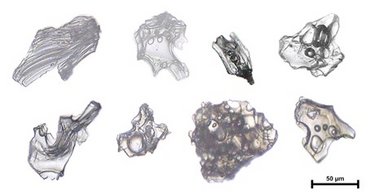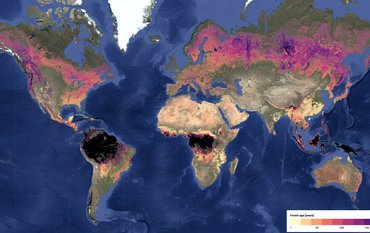Prof. Dr Martin Herold has been included in the list of the top one per cent of most frequently cited researchers in his field worldwide for the fourth time in a row. The Web of Science Group of Clarivate Analytics compiles the list of Highly Cited Researchers every year. Martin Herold has been included in this list six times in the past seven years, making him one of the most influential researchers in his field.
Martin Herold heads Section 1.4 “Remote Sensing and Geoinformatics” at the GFZ Helmholtz Centre for Geosciences. His research focuses on observing and evaluating the global dynamics of land surfaces and linking data streams from various sources of ground, near and remote sensing. He develops algorithms that can identify anomalies and disturbances in natural ecosystems or indicate the rate of change in biomass.
Background: The “Highly Cited Researchers” list
In new publications, scientists cite important studies that have already been published on the current research topic and thus provide the framework and basis for their own scientific work. Being cited frequently is therefore also a testament to the quality of one's own research.
Every year, the US company Clarivate compiles a list of the most frequently cited researchers worldwide. It is based on its “Web of Science” publication and citation database, which records scientific publications from a wide range of disciplines.
The current list includes the top one per cent of researchers worldwide who were most frequently cited in their respective fields between 2014 and 2024. This amounts to 6,868 individuals, who are listed in no particular order. Specific algorithms are used to determine the list, which are designed to eliminate distortions such as high levels of self-citation. The list, which is based on citation data, is then refined using additional quantitative indicators, qualitative analyses and expert opinions, as Clarivate explains on its website.
Further criteria for evaluating research performance
However, the number of citations of one's own work is only one aspect when it comes to evaluating research performance. This also applies to the number of scientific publications in general and the so-called ‘impact’ factors of the various scientific journals in which the work is published.
In order to broaden the focus here – for example, to include the provision of data and software for the research community – the GFZ joined the San Francisco Declaration on Research Assessment (DORA) a year ago.


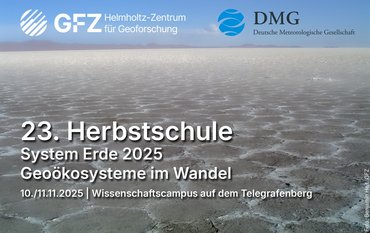

![[Translate to English:] Group photo with 8 people in a seminar room in front of a screen.](/fileadmin/_processed_/2/1/csm_20251114_News_EU-Water-Resilience-Exchange_Kreibich_c-xx_db4e5be690.jpeg)
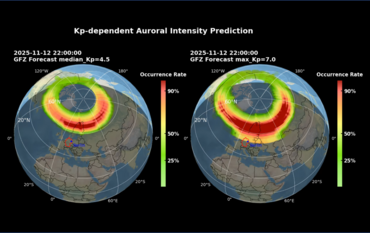

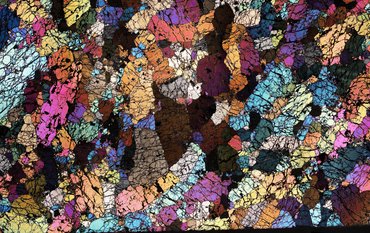
![[Translate to English:] Portrait photo, blurry background](/fileadmin/_processed_/a/2/csm_2025_11_06_JEAN_BRAUN_HE_Helmholtz_Portraits-23_2b5c35beee.jpeg)
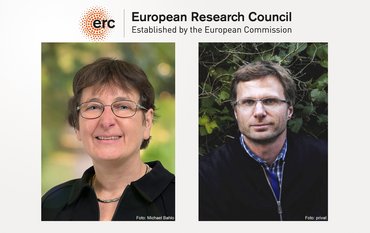
![[Translate to English:] Excerpt from a map of the Phlegraean Fields near Naples, Italy: Left: Red dots mark smartphone sensors, yellow triangles mark fixed seismological stations. Right: The area is coloured in shades of yellow, red and purple according to the amplification of seismic waves.](/fileadmin/_processed_/3/b/csm_20251028_PM_Smartphone-Earthquake_Slider_12500fa0e6.jpeg)

![[Translate to English:] Green background, portrait of Heidi Kreibich](/fileadmin/_processed_/1/1/csm_20251023_Kreibich-Heidi-2025-Vollformat-green_web_-c-Michael-Bahlo_72946c7fe4.jpeg)

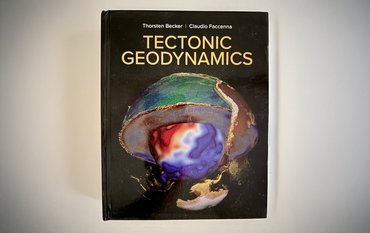
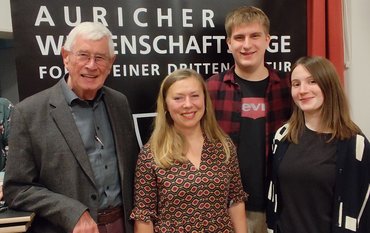
![[Translate to English:] semicircle depicting the future missions, graphics of the new satellites](/fileadmin/_processed_/3/d/csm_2025_10_08_Copernicus_Erweiterung_3f08a76a33.png)
![[Translate to English:] Portrait picture](/fileadmin/_processed_/f/4/csm_Magnall-Joseph-Kachel-c-privat_36e23315c3.jpeg)











